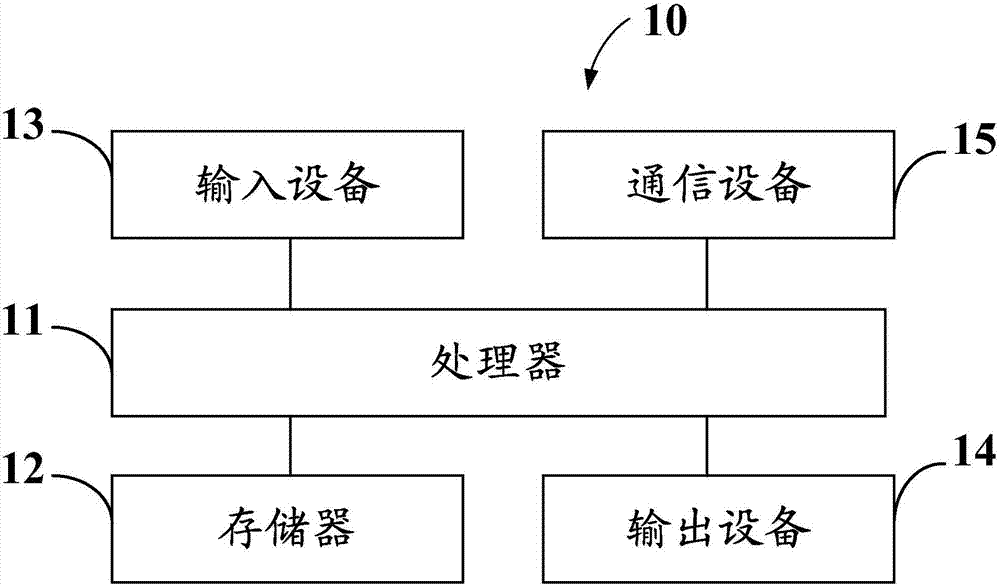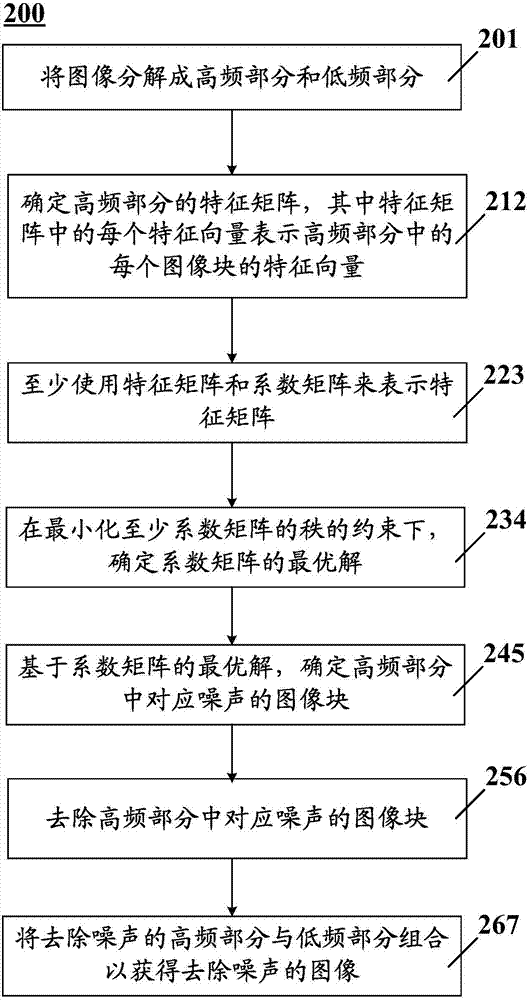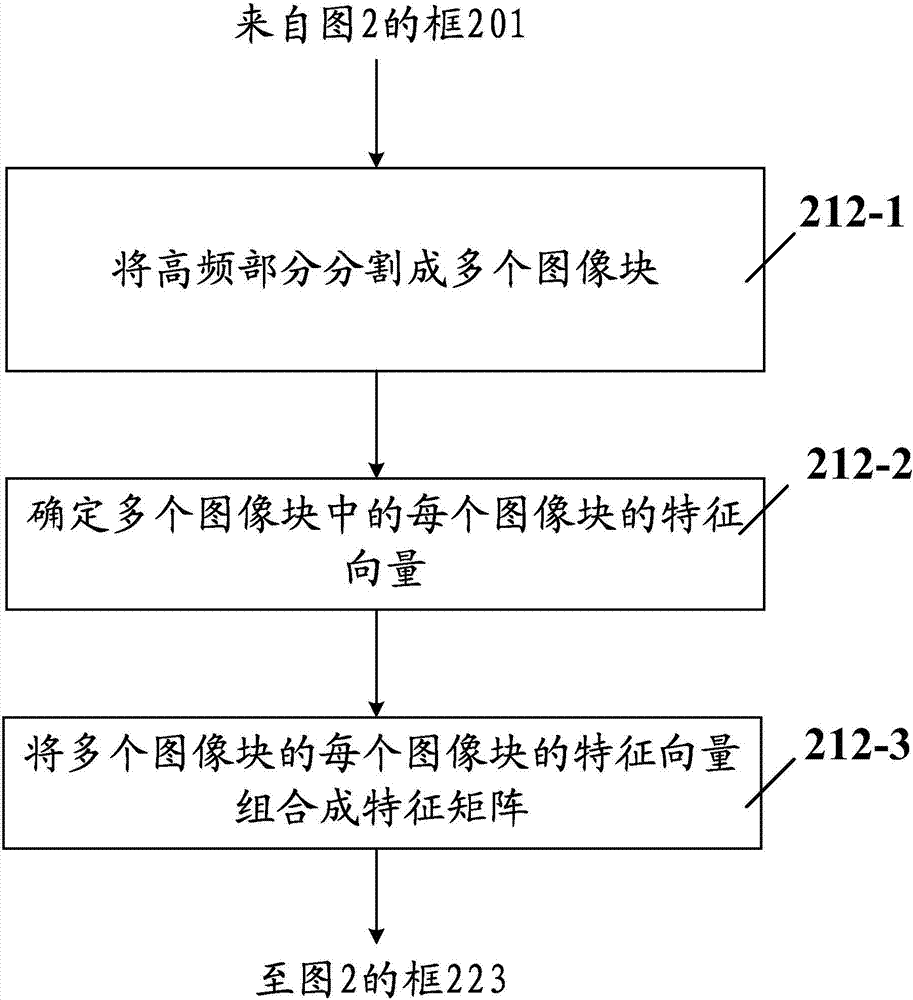Method and device for removing noise in image
An image-in-noise technology, applied in the information field, can solve the problems of reduced performance and more time spent in the dictionary, and achieve the effect of reducing processing time, improving image quality, and saving computing resources.
- Summary
- Abstract
- Description
- Claims
- Application Information
AI Technical Summary
Problems solved by technology
Method used
Image
Examples
Embodiment Construction
[0029] Embodiments of the present disclosure are described below with reference to the drawings. In the following description, numerous specific details are set forth in order to enable those skilled in the art to more fully understand and practice the present disclosure. It will be apparent, however, to one skilled in the art that embodiments of the present disclosure may be practiced without some of these specific details. Furthermore, it should be understood that the disclosure is not limited to the particular embodiments described. Rather, it is contemplated that any combination of the features and elements described below may be used to implement the embodiments of the present disclosure. Accordingly, the following aspects, features, embodiments and advantages are by way of illustration only and should not be considered elements or limitations of the claims unless explicitly stated in the claims.
[0030] It should be noted that, in some embodiments of the present discl...
PUM
 Login to View More
Login to View More Abstract
Description
Claims
Application Information
 Login to View More
Login to View More - R&D
- Intellectual Property
- Life Sciences
- Materials
- Tech Scout
- Unparalleled Data Quality
- Higher Quality Content
- 60% Fewer Hallucinations
Browse by: Latest US Patents, China's latest patents, Technical Efficacy Thesaurus, Application Domain, Technology Topic, Popular Technical Reports.
© 2025 PatSnap. All rights reserved.Legal|Privacy policy|Modern Slavery Act Transparency Statement|Sitemap|About US| Contact US: help@patsnap.com



